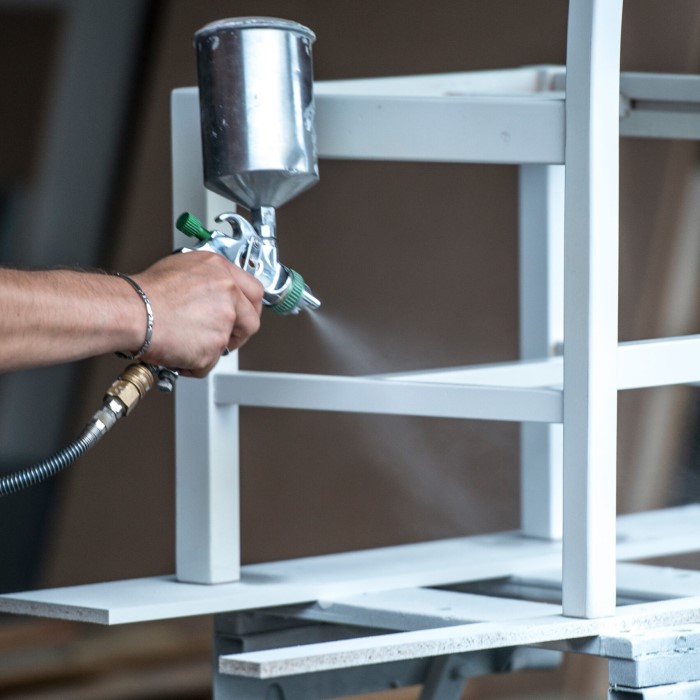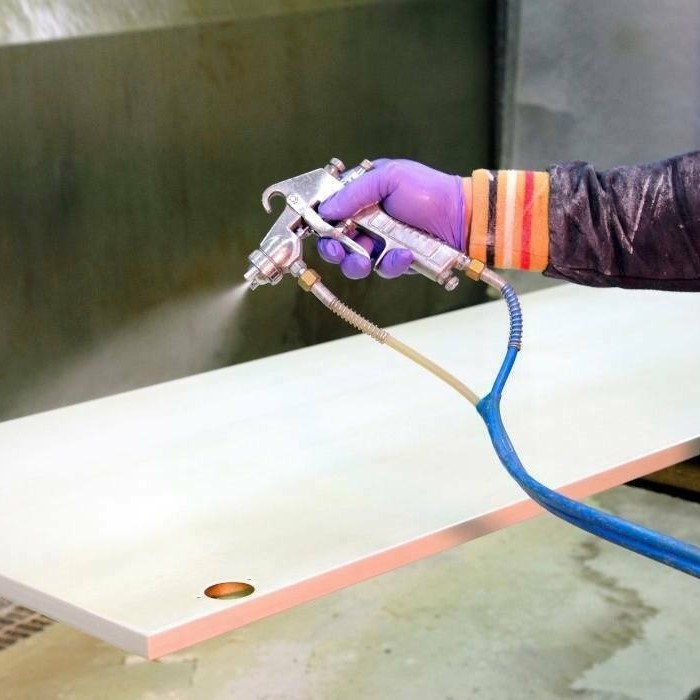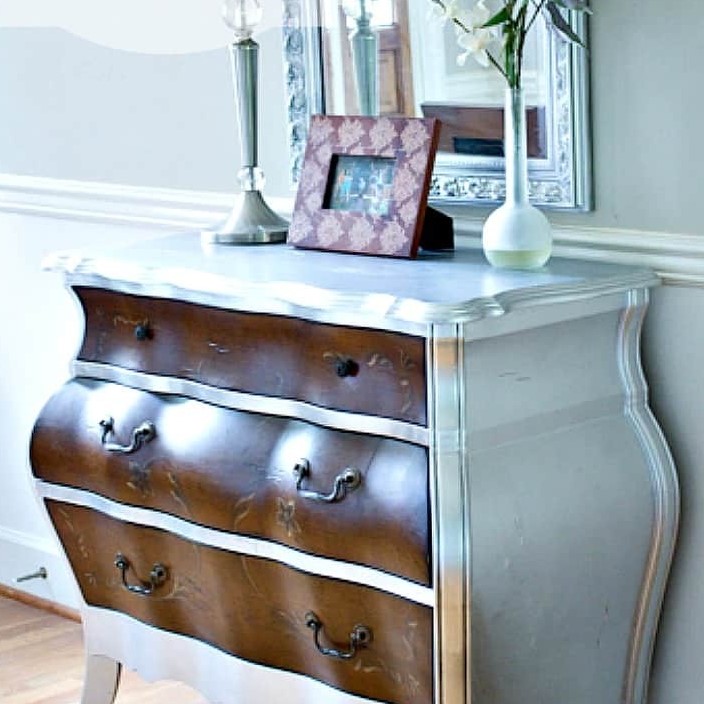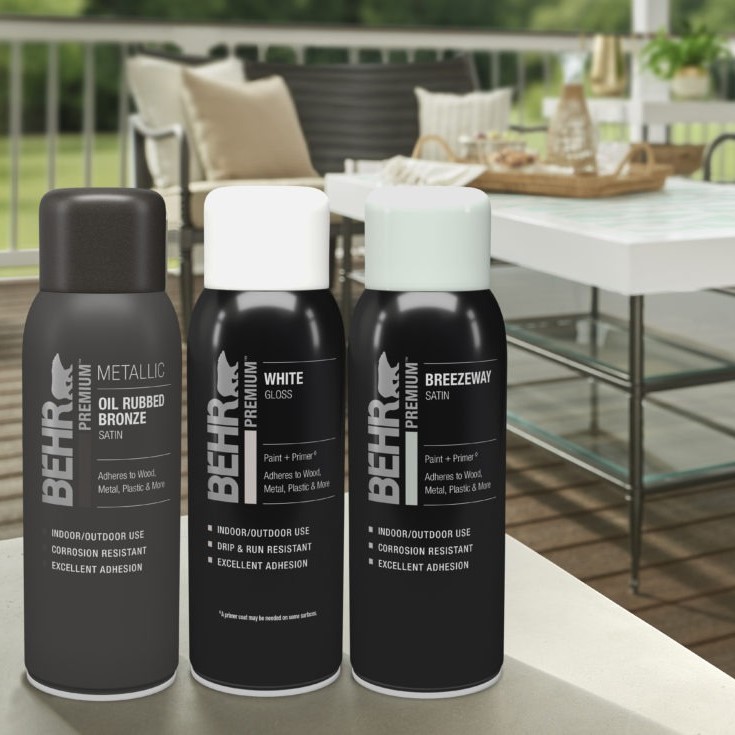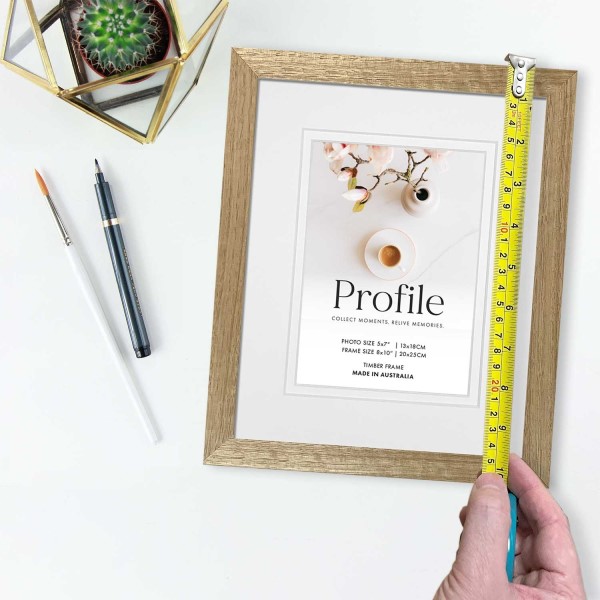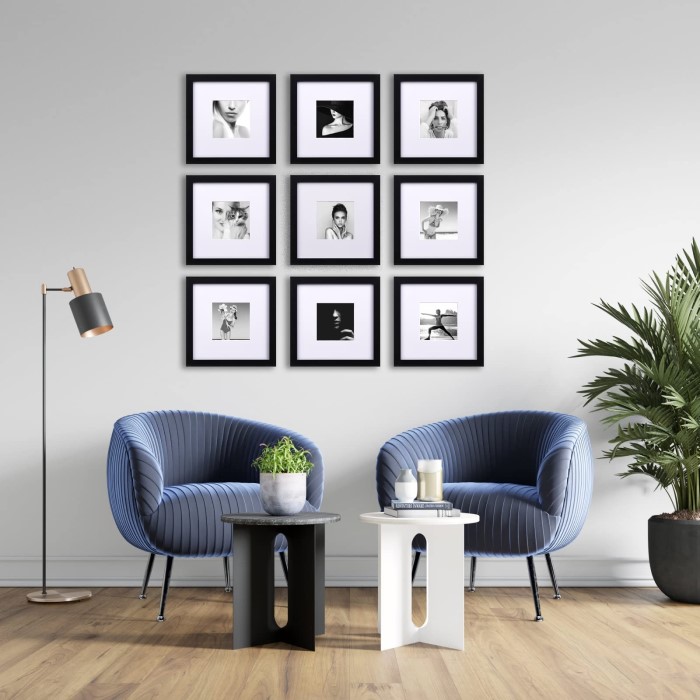Revitalizing old furniture is a rewarding and cost-effective way to enhance your home decor. Whether you’re looking to breathe new life into a vintage piece or simply wanting to update the style of your furniture, furniture spray paint offers an efficient solution. It allows you to achieve a professional finish with minimal effort. Understanding the best furniture spray paint techniques can lead to eye-catching results and make your projects easier. In this article, we’ll provide a comprehensive guide on how to effectively use spray paint to transform your old furniture pieces.

Why Choose Furniture Spray Paint?
When it comes to reviving furniture, spray paint has gained immense popularity for several compelling reasons. Here’s why you should consider using it for your next furniture makeover:
- Time Efficient: Spray paint provides a quick application method that covers large surfaces faster than traditional brushes or rollers. This efficiency is beneficial, especially when working with bigger items like dressers or tables.
- Smooth and Even Finish: One of the standout features of furniture spray paint is its ability to create a smooth and even coat. Unlike brushes, which can leave visible strokes, spray paint ensures that every inch is covered uniformly, enhancing the final appearance.
- Accessibility: Spray paint can easily reach intricate details and crevices in your furniture. Whether your piece has carved designs or moldings, a spray can effectively coat those hard-to-reach areas without leaving gaps.
- Versatile Options: With a wide variety of colors and finishes available—ranging from matte to glossy—furniture spray paint allows for diverse design choices to match your taste and decor style.
- Cost-Effective: Reviving old furniture with spray paint is generally more cost-effective than purchasing new pieces. With a small investment in paint and supplies, you can easily transform your furniture into something that looks brand new.
Understanding these advantages sets the stage for a successful furniture upcycling project.
Preparing Your Furniture for Spray Painting
Preparation is key when it comes to achieving great results with spray paint. Properly preparing your furniture can mean the difference between a flawless finish and a disappointing outcome. Here are the essential steps to prepare your furniture before spray painting:
Step 1: Clean the Surface
Begin by cleaning your furniture thoroughly to remove dust, dirt, and greasy fingerprints. Use a mixture of mild soap and water for cleaning. For stubborn stains, a degreaser may be necessary. Cleaning ensures that the spray paint adheres well and creates a smooth finish.
Step 2: Repair imperfections
Inspect your furniture for any damage such as scratches, dents, or loose joints. Use wood filler to repair any imperfections, making sure to smooth it out for an even surface. Proper repair work is essential, as it allows the paint to sit evenly across the surface.
Step 3: Sanding
Lightly sand the furniture piece, focusing especially on glossy surfaces. Using sandpaper (around 220-grit), roughen the surface slightly. This process helps create a texture for the paint to grip, enhancing durability. After sanding, wipe down the surface with a damp cloth to remove dust particles.
Step 4: Choose the Right Location
When selecting a location to spray paint, look for a well-ventilated area. Outdoor spaces work best, or consider utilizing a spacious garage. Avoid small, enclosed areas where fumes can accumulate. Protect surrounding surfaces with drop cloths or cardboard.
Step 5: Masking Off Areas
Before you start spraying, mask off areas that you do not want to paint using painter’s tape. This technique protects surfaces like glass, hardware, or areas you want to remain unpainted, ensuring crisp lines and a professional appearance.
Selecting the Right Furniture Spray Paint
Choosing the right furniture spray paint is crucial to achieving the best results. When shopping for spray paint, consider the following aspects:
- Type of Paint: Look for spray paints specifically formulated for furniture. These paints are designed to adhere better to surfaces and withstand daily use.
- Finish Options: Determine the finish you want—matte, satin, or gloss. Each finish provides a different aesthetic. Glossy finishes tend to reflect light well and can make colors pop, while matte finishes offer a more subdued look.
- Color Selection: Choose a color that harmonizes with your decor. Trying color samples or swatches on a small area of the furniture can provide a clearer idea of how the paint will look once applied.
- Drying Time: Pay attention to the drying times mentioned on the can. Some paints dry faster than others, impacting your project’s timeline.
By carefully selecting the right spray paint for your project, you will be well-prepared for the task ahead.
Best Techniques for Spray Painting Furniture
Once you have prepared your furniture and chosen your spray paint, it’s time to start the spraying process. Proper techniques can help you achieve the best results:
Technique 1: Shake the Can
First and foremost, shake the spray paint can for about one to two minutes. This action mixes the contents thoroughly, ensuring an even color distribution. It’s crucial to follow this step for achieving consistent paint application.
Technique 2: Even Distance
Hold the spray can approximately 12 inches away from the furniture surface. Maintain a steady hand to avoid excessive paint build-up in one area. Too close can cause drips and uneven surfaces, while too far can lead to insufficient coverage.
Technique 3: Light Coats
Apply multiple light coats rather than one heavy coat. This method reduces the risk of drips, allowing for a smoother finish. Start spraying and move the can in a light sweeping motion. Make sure to overlap each pass slightly for even coverage.
Technique 4: Rotate the Piece
If possible, rotate your furniture or move around it as you spray. This technique helps ensure that all sides receive even coverage without missing any spots.
Technique 5: Wait Between Coats
Let each coat dry according to the manufacturer’s instructions before applying the next one. Waiting allows the paint to cure properly and prevents any potential smudging or damage to the previous coat.
Finishing Touches
After you have achieved the desired coverage and your last coat is dry, it’s time for the finishing touches:
- Remove Masking Tape: Carefully peel off the painter’s tape while the paint is still slightly tacky. This practice helps prevent peeling paint along the edges.
- Sealing: Consider applying a clear sealant or topcoat to protect your newly painted furniture. This step is especially important for items that will experience routine use.
- Allow Full Cure Time: While the spray paint may feel dry, allowing your furniture to cure fully is essential. Refer to the paint can for guidance on the required curing time.
- Inspect and Repair if Necessary: After everything is dry, check for any spots that need touch-ups. You can easily fix minor imperfections with a small brush.
Maintaining Your Newly Sprayed Furniture
To keep your newly spray-painted furniture looking great over time, follow these maintenance tips:
- Regular Cleaning: Dust and clean your furniture with a damp cloth to maintain its appearance. Avoid using abrasive cleaners that could scratch the surface.
- Protect from Direct Sunlight: Limit exposure to direct sunlight, which can lead to fading over time. Move the furniture or use window treatments to protect it from harsh rays.
- Avoid Excessive Moisture: For furniture used in areas like kitchens or bathrooms, prevent water from pooling on surfaces, as this can damage the paint.
- Touch-Up as Needed: Inspect your painted furniture periodically for any wear or chipping. Touch up any areas as needed to keep your furniture looking fresh and new.
Frequently Asked Questions
To assist you further, here are answers to some common questions regarding furniture spray paint:
Can furniture be painted with spray paint?
Yes, furniture can be effectively painted with spray paint. It provides an efficient method for achieving a smooth, even finish on various surfaces, including wood and metal.
What is the best type of spray paint for furniture?
The best type of spray paint for furniture is specifically formulated for furniture use. These paints offer better adhesion and durability for long-lasting results.
Is it better to paint furniture with a brush or spray?
Spray painting is often preferred for its ability to create a smooth finish without brush strokes. Alternatively, brushes may be more suitable for intricate details and touch-ups.
Can I spray paint furniture without sanding?
Yes, you can spray paint furniture without sanding, particularly if the surface is already smooth. However, lightly sanding glossy finishes improves paint adhesion.
Conclusion
In conclusion, mastering furniture spray paint techniques allows you to transform old and worn-out pieces into beautiful focal points in your home. The process is efficient, enjoyable, and gratifying, yielding impressive results with careful planning and execution.
Embrace the opportunity to personalize and revitalize your furniture. By following the steps outlined in this article, you can confidently embark on your furniture painting journey. The satisfaction of creating stunning pieces of art in your own home awaits you. So gather your supplies, unleash your creativity, and enjoy the art of furniture transformation! Happy painting!





